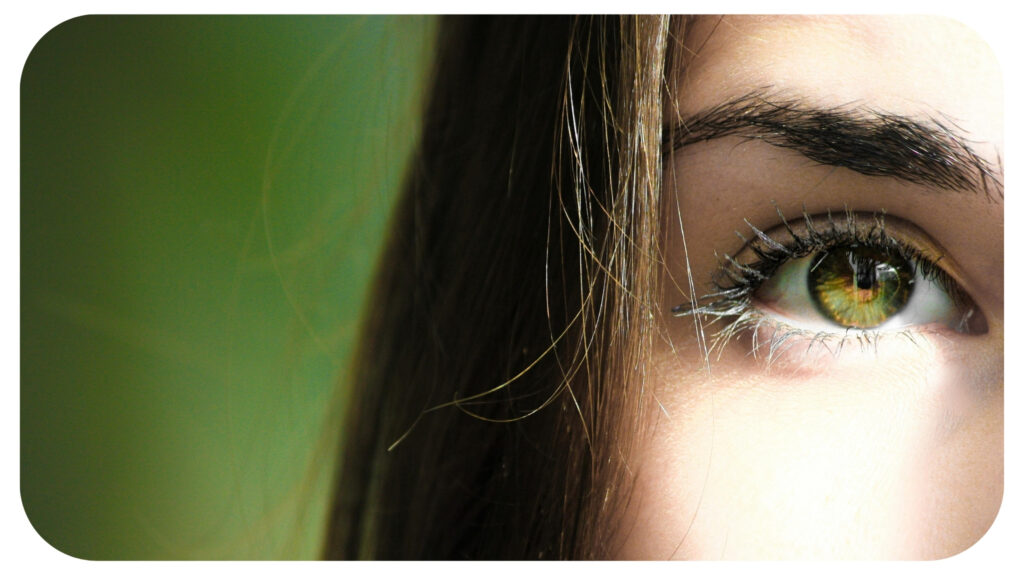What to Expect Before and After Having Lasik Surgery

Brilliant overhead lights and a whirl of exact lasers establish sharp mornings to come. Short directions follow a sense of soft pressure on eyelids, guiding paths free from lenses. That turning point defines the line separating optical independence from eyeglass dependence. Relief mixed with expectation needs unambiguous direction on what lies ahead—both long beyond and before the operation.
Evaluating Candidacy with Comprehensive Diagnostics
Candidates looking to get LASIK surgery in Orlando or their area get a set of exact ocular measurements long before laser activation. Pachymetry measures thickness across central and peripheral zones; corneal topography records every curve of the surface. Lubrication levels are checked by tear-film tests, therefore guaranteeing that dry-eye symptoms remain under control. Tests of pupil response show dilatation under different light levels. That thorough assessment detects any red flags, including ocular surface disease or uneven astigmatism.
To ensure fitness, experts go over contact lens history, general health measures, and any past eye procedures. This thorough assessment defines reasonable result expectations and emphasizes any further treatments—such as corneal cross-linking—needed for safer surgery. By using that comprehensive method, one creates a basis of confidence and clarity that transforms early uncertainties into well-defined candidate profiles.
Daily Routines Fine-Tuned with Lifestyle Changes Prior to the Operation
Morning rituals centered on personal habits help one be ready in the days before surgery. Eliminating contact lens wear lets corneal shape be stable and lets eyes rest in their natural form. With balanced fluid intake supporting ocular surface health and tear generation, hydration takes the front stage. Steer clear of eyeliner or mascara wands close to the lash line to avoid microscopic irritability of the cornea. Reducing caffeine and creating regular sleep patterns calms tensions and helps the big day to be peaceful. That change in behavior also applies to outdoor pursuits where UV filters and protective glasses block dangerous rays. Using stress-management strategies such as guided breathing or quick meditation helps the body and mind be ready for surgery requiring accuracy and calm.
Immersive Procedure Day Journey from Pre-Op Prep to Laser Precision
Arrival procedures at clinics change to fit surgery schedules, including specific fasting policies and check-in times. Before any devices contact the cornea, clinical professionals instruct patients through computerized displays of eye measurements and validate operation settings. After that, topical anesthetics numb the skin; mild suction rings stabilize the eyeballs under the tracking system of the laser. Laser pulses shape tiny corneal layers in fractions of a millimeter, precisely changing vision with a short flash. Simple hand gestures allow communication, and they help to maintain concentration throughout each passing instant. Although the procedure is completed in minutes, every second matters toward the best results. As last touches, protective shields show up to guard against ambient dust and unintentional blinks. That strong, technologically driven choreography transforms a high-stakes event into a simplified visual realignment session.
Navigating the Crucial First Hours Post-LASIK with Comfort Measures and Safety Protocols
Protective contact lenses cushion healing surfaces and, following procedures, lower friction minutes after laser sculpting fades. Resting in darker rooms promotes early re-epithelialization; directed pauses in blink frequency aid to preserve corneal flap alignment. Prescribed lubricating drops taken every few hours help to maintain moisture levels in balance, therefore preventing dryness and discomfort. Mild burning or scratchy feelings indicate normal healing rather than problems. Reducing screen time and strong lighting across several hours helps to prevent strain as light sensitivity increases. Gentle blinking mixed with quiet repose lets the corneal epithelium adhere firmly. That deliberate focus during the nighttime period turns delicate phases of recuperation into confident steps toward better eyesight by sunrise.
Monitoring Visual Stability and Side Effects Over the Recovery Timeline
Progress reports span follow-up visits within 24 hours to more thorough checks spaced over three months. Surgeons calculate uncorrected visual acuity to make sure results match initial expectations. Usually diminishing with frequent drop use, reports of halos, glare, or mild variation become part of natural adaptation. Changing drug regimens or adding anti-inflammatory agents speeds up comfort. While some patients benefit from small touch-ups after eyesight stabilizes beyond one month, enhancement rates remain low. Daily logs tracking clarity under different light levels direct changes in night-driving techniques. Through timely adjustments made possible by that iterative monitoring method, progressive momentum is preserved, and trust that every vision change indicates natural healing rather than unanticipated setbacks is reinforced.
Maintaining Clarity: Long-Term Eye Care, Follow-Ups, and Lifestyle Integration
Adopting sustainable eye health practices guarantees long-term benefits well beyond the first recovery benchmarks. Retinal health, intraocular pressure, and slight refractive deviations are verified annually by complete examinations. Including omega-3 supplements and meals high in antioxidants nourish ocular membranes. Throughout outdoor seasons, UV-blocking sunglasses become non-negotiable and help to minimize total photodamage. Balanced screen-time breaks—directed by 20-20-20 guidelines—preempt digital-eye strain. Yoga or Pilates-based fitness programs help to maintain normal blood flow, therefore promoting eye-tissue nourishment. Any new visual alterations call for quick visits instead of waiting for normal check-ups. That long-term dedication to eye care turns a good LASIK result into a solid visual foundation where great clarity meets lifestyle harmony in daily events.
Conclusion
When lens restrictions go, life changes to show clearer horizons and confidence. Accepting recovery rules opens the path for basic adjustments and steady eyesight. Following planned visits, protecting eyes against strain, and keeping good habits help surgical success to become long-lasting clarity. That combination of intentional maintenance, targeted healing, and preparation transforms clear sight into a daily habit that comes naturally.
Recommended For You
How to Identify What You are Allergic To
Most Inside
Most Inside offers high-quality recommendations and valuable updates to enhance all aspects of your life, providing premium guidance and enriching experiences.




